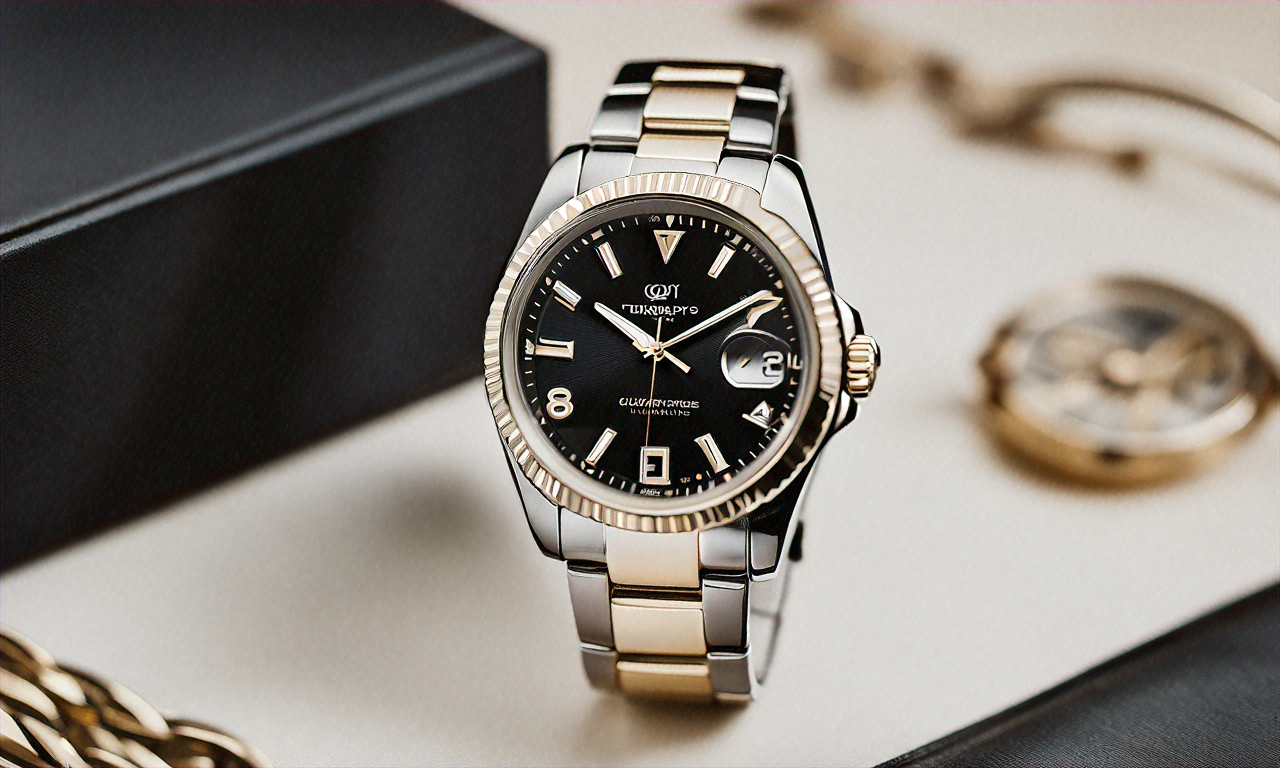Selection checklist for adjustable closures and tensioned links
Choosing adjustable closures and tensioned links for wristwear demands attention to how a piece will feel, look, and last in daily use. This checklist covers practical details from materials and hallmarks to finishes, photography considerations, packaging, and maintenance so you can assess comfort and longevity before purchasing or selling.

Wristwear and closures
Adjustable closures define how a bracelet sits on the wrist and affect both comfort and security. Look for smooth edges, properly seated pins or beads, and mechanisms that resist accidental opening. Test tensioned links to ensure they provide consistent resistance without excessive force; too stiff can cause discomfort, too loose can lead to slippage. Consider how the closure interacts with layering: adjustable systems that bulk up the profile may interfere with stacked pieces or watches. Inspect for quality soldering at junction points and for hidden stress marks that can indicate potential failure.
Layering and comfort
When planning to layer wristwear, prioritize low-profile closures and rounded surfaces to prevent snagging or abrasion between pieces. Materials influence comfort: hypoallergenic metals, soft leather, or textile bands can reduce skin irritation; plating quality matters when a base metal is prone to reacting with sweat. Try closures in motion — bending the wrist, gripping objects — to evaluate comfort in real situations. Ergonomic designs distribute pressure evenly; uneven tension or sharp components can create pressure points, especially on smaller wrists.
Finishes and plating
Finishes affect both aesthetic appeal and wear resistance. Matte, brushed, and high-polish finishes each show wear differently: polished surfaces reveal scratches more readily, while brushed finishes can disguise minor marks. Plating thickness and base metal determine how long the visual finish endures; reputable pieces often list plating specifications. For tensioned links, pay attention to contact areas where plating can thin due to friction. When photographing items for sale, natural light and macro shots help show finish quality accurately for buyers assessing plating and surface condition.
Materials and hallmarks
Identify the base materials and search for hallmarks or maker’s marks that indicate metal type and purity. Solid precious metals like gold or sterling silver behave differently in tensioned mechanisms compared with plated or mixed-metal constructions. Some alloys are better at springing back without fatigue; others may deform over time. Hallmarks can validate claims and help with resale or repair. If a piece lacks marks, request documentation or a material test, especially when the closure relies on precisely machined parts that perform differently by metal type.
Photography and packaging
Clear photography communicates closure function and link condition: include close-ups of clasps, hinge pins, and tensioned areas from multiple angles, plus shots showing how the piece sits on a wrist. For sellers, packaging should protect delicate closures and prevent deformation during transit; use structured boxes or padded pouches and secure moving parts to avoid damage. Include care instructions in packaging to guide recipients on proper handling—this reduces return rates and preserves finishes. In your area, consider local services for product photography or fulfillment if consistent presentation is required.
Humidity and maintenance
Environmental factors like humidity affect metals and textiles differently. High humidity accelerates tarnish on silver and can compromise some plated surfaces; salt from skin or seawater increases corrosion risk. Regular maintenance includes gentle cleaning with appropriate cloths, avoiding harsh chemicals that can strip plating, and periodic inspection of tensioned links for loosening or wear. Lubrication is rarely needed on decorative bracelets but can benefit mechanical clasps if recommended by the maker. Store pieces in low-humidity packaging, desiccant packs, or soft-lined boxes to mitigate moisture effects and prolong lifespan.
Hallmarks, repairs, and long-term care
When assessing a bracelet for longevity, verify hallmarks and keep a record of any repairs. Repairs to tensioned systems and adjustable closures should be performed by experienced jewelers who can restore proper tension and replace worn pins without changing the piece’s profile. Maintain documentation of repairs and materials to support future valuation or resale. Routine checks every few months help catch early signs of stress; addressing loose links or bent components promptly prevents larger failures.
Conclusion A careful checklist that covers closures, comfort, finishes, materials, hallmarks, photography, packaging, humidity, and maintenance helps you evaluate adjustable closures and tensioned links objectively. Assessing these elements together clarifies how a bracelet will perform in real use and what upkeep it will require, supporting smarter purchases and better long-term care.






